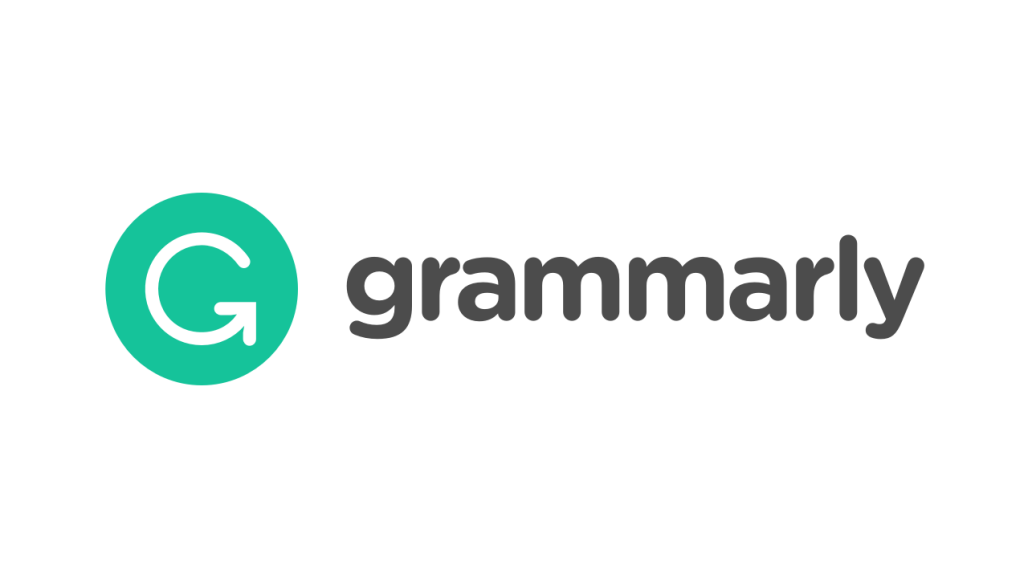FREQUENCY OPTIMIZATION OF WAVE EXPOSURE AND DOSE TO KILL ultrasonic mosquito larvae
Abstract
Keywords
Full Text:
PDFReferences
DAFTAR PUSTAKA
Ackerman, Eugene, 1989, Biophysical Science, Prentice Hall Inc, Engelwood Cliffs, New Jersey.
Cameron, I.R. and Skofronik, 1978, Medical Physics, A. Wiley Intersciences, New York.
Cromer, Alan, 1994, Physics For Life Sciences, Mc. Graw Hill Inc. Publication, New York.
Gabriel, J.F., 1 993, Fisika Kedokteran, Edisi 5, Penerbit Buku Kedokteran
EGC, Jakarta.
Goeberman, G.I., 1988, Ultrasonics Theory and Application, The English
University Press, Ltd, London. Hariadji, Imam, 1990, Pemanfaatan Gelombang Ultrasonik untuk Mengusir Lalat Rumah, Skripsi, FMIPA Universitas Airlangga, Surabaya
Maskunah, 1988, Pengaruh Gelombang Ultrasonik Terhadap Suspensi
Bakteri, Kolokium, FMIPA Universitas Airlangga, Surabaya
Mansyur, Mas, 2006, Pengukuran Cepat Rambat Gelombang Ultrasonik
dengan Metode Beda Fase, Jurnal LPPM UWK, Surabaya
Nasir, Moh., 1988, Metode Penelitian, Penerbit Ghalia, Jakarta.
Priyo T, Anggono, 1992, Studi Tentang Cepat Rambat Gelombang Ultrasonik dan Metode Pengukurannya, Kolokium FMIPA Universitas Airlangga, Surabaya
Sarudji, Didik, 2006, Kesehatan Lingkungan, Media Ilmu, Sidoarjo
Spiegel, R.M., 1996, Statistika, Penerbit Erlangga, Jakarta.
Wiantari, Sugiani, 1993, Pemanfaatan Gelombang Ultrasonik untuk
Membunuh Larva Aedes Aegypti, Skripsi, FMIPA Universitas Airlangga, Surabaya
Widodo, Asnar, 1990, Efisiensi Pencucian Gelombang Ultrasonik, Kolokium
FMIPA Universitas Airlangga, Surabaya.
DOI: http://dx.doi.org/10.30742/jikw.v0i0.71
Refbacks
- There are currently no refbacks.
Copyright (c) 2017 Mas Mansyur, E. Devi Dwi Rianti, Heru Setiawan

This work is licensed under a Creative Commons Attribution-NonCommercial 4.0 International License.
Jurnal Ilmiah Kedokteran Wijaya Kusuma is licensed under a Creative Commons Attribution-NonCommercial 4.0 International License










